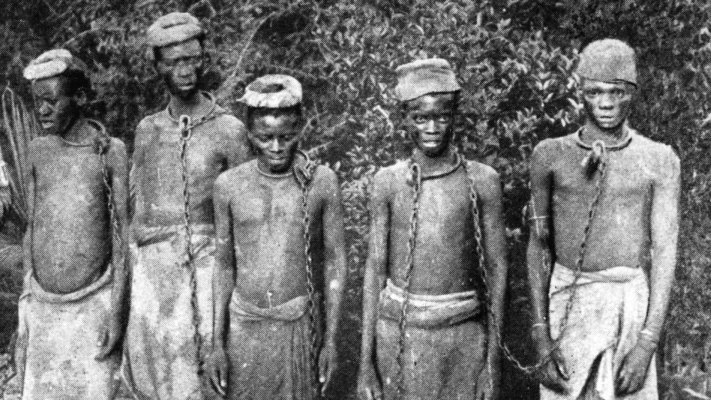Prince Owusu-ansah: A Life of...
November 13, 2025

Salaga Slave Market, an 18th-century slave market located in the East Gonja District of northern Ghana, played a pivotal role during the Trans-Atlantic slave trade. It served as a crucial market where slaves were transported to the coast for export and also acted as an outpost for the movement of slaves along the trans-Saharan routes.
Dating back to the 16th century, Salaga was one of the leading market centers in West Africa. It was a bustling hub for trading goods such as kola nuts, beads, ostrich feathers, animal hides, textiles, and gold. However, in the 18th century, the market's focus shifted significantly to the trading of humans.
During the height of the slave trade, people from the Upper West, Upper East, and Northern Regions of Ghana were captured and brought to Salaga. The market became a key center where slaves were exchanged for kola nuts, cowries, and gold, underscoring the grim reality of human commodification during this dark period in history.
Salaga's dual role as both a local trade center and a major outpost for the trans-Saharan slave routes highlights its strategic importance in the broader network of the slave trade. The town's market facilitated the movement of slaves across vast distances, ultimately leading to their export from the West African coast.
Today, Salaga Slave Market stands as a historical site, reminding us of the complex and often painful history of the region. It serves as a testament to the resilience of those who were forcibly taken from their homes and as a crucial point of reflection on the impact of the slave trade on West African history.
By preserving such sites, we honor the memories of those who suffered and educate future generations about the atrocities of the past, fostering a deeper understanding of the human cost of the Trans-Atlantic slave trade.
November 13, 2025
November 6, 2025
November 5, 2025
November 4, 2025
October 31, 2025
October 30, 2025
October 30, 2025
October 30, 2025
September 25, 2025
September 12, 2025